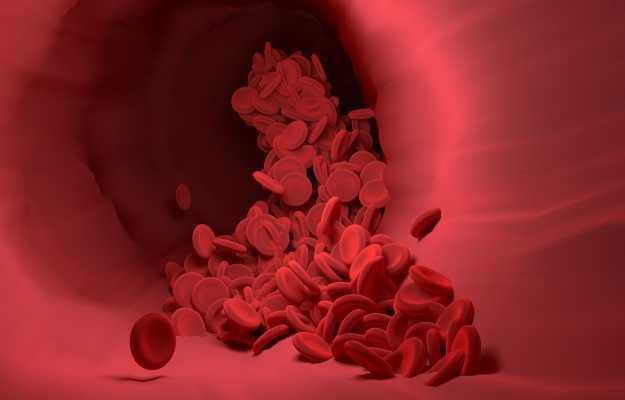Failing hearts breakdown more proteins into amino acids and take up more lactate and ketones than healthy hearts, a new study on how the heart uses nutrients and fuels its activities shows.
Researchers at the Perelman School of Medicine at the University of Pennsylvania, who did the study, used liquid chromatography-mass spectrometry to analyse the blood going into the heart (via the coronary sinus) and coming out of the heart (via the femoral vein) in dozens of people. They also analysed blood from the legs of these participants, for comparison.
Click on the link given here, to know in detail about the treatment of heart disease.
Of the people who participated in the study, some were healthy, 87 had a heart condition called atrial fibrillation but not heart failure and 23 had both atrial fibrillation and heart failure.
Atrial fibrillation is a condition in which faulty electrical signals to the upper chambers of the heart result in tachyarrhythmia or irregular and fast heartbeat. Heart failure is a condition in which the heart is unable to pump blood efficiently—coronary artery disease (blocked arteries) is one of the major causes of this.
The Pennsylvania University researchers studied a total of 277 metabolites (compounds that are important to heart metabolism) and found that the heart normally uses up fatty acids “voraciously” (previous studies have shown that about 80% of the heart’s energy comes from fats) and that it secretes rather than consumes amino acids (also the product of breaking down proteins or proteolysis). However in cases of heart failure, the uptake of ketone—an in-between product of turning fat into energy—and lactate—a product of cell metabolism—increases (the researchers thought the excess ketone uptake may be explained by poorer pumping action and more sluggish blood flow). Additionally, the amount of amino acids like glutamine and other nitrogen-rich amino acids secreted by the heart goes up in heart failure.
The researchers said that while they couldn’t yet be sure of whether the excess amino acid secretion in heart failure was a good thing (adaptation) or a bad thing (maladaptation), they hoped that study would help find alternative treatments for heart failure.
To be sure, this study isn’t the first to look at heart metabolism as a potential key to (eventually) solving the problem of heart failure. In 2018, a paper published in the Cardiac Failure Review tried “to summarise the state-of-the-art on metabolic therapy in HF (heart failure) with a particular focus on trimetazidine. Metabolic agents optimise cardiac substrate metabolism without exerting negative haemodynamic effects.” The idea forwarded there was that this metabolic therapy could be added to medicinal care to improve outcomes without risky side effects through the management of metabolic agents that heart needs to make high-energy phosphates.
The new study is, however, the biggest study so far using this advanced analysis tool and therefore important; first, for setting a baseline of what happens in a healthy heart; second, to show what changes in heart failure; and potentially third, as a cog in the discovery of an effective metabolic therapy for heart failure.
The study findings were published in the peer-reviewed journal Science on 16 October 2020.
(Read More - Heart transplant)







